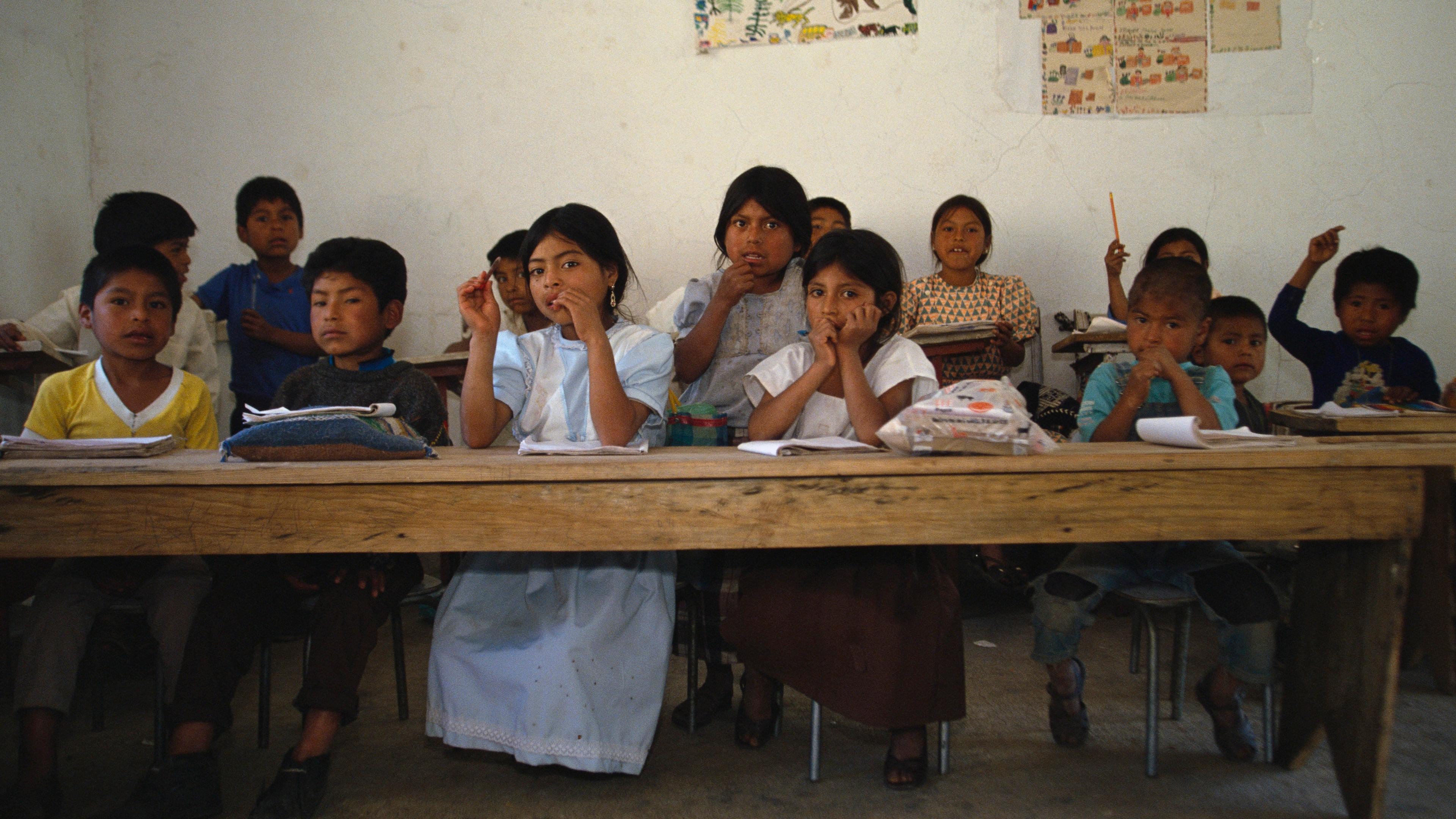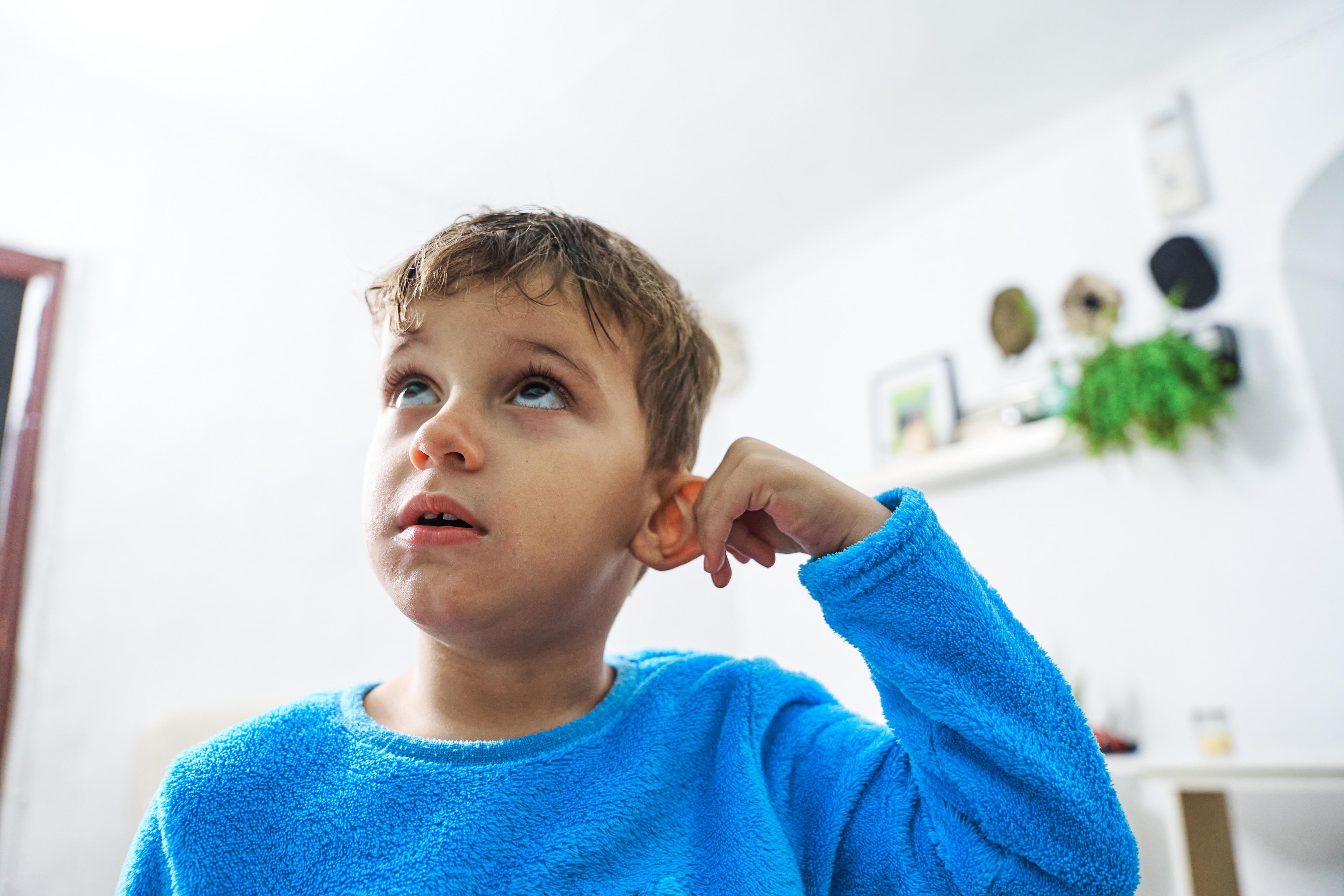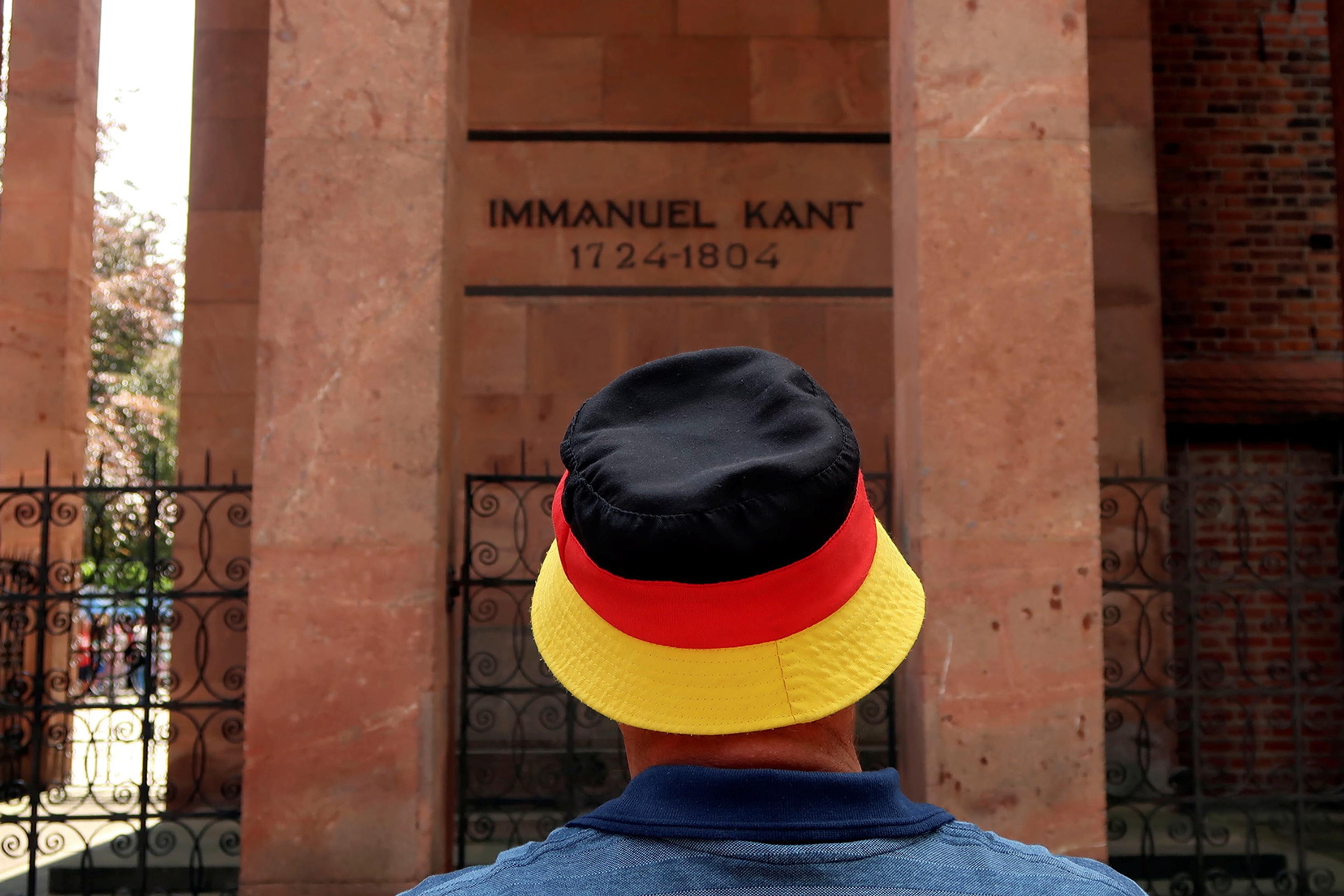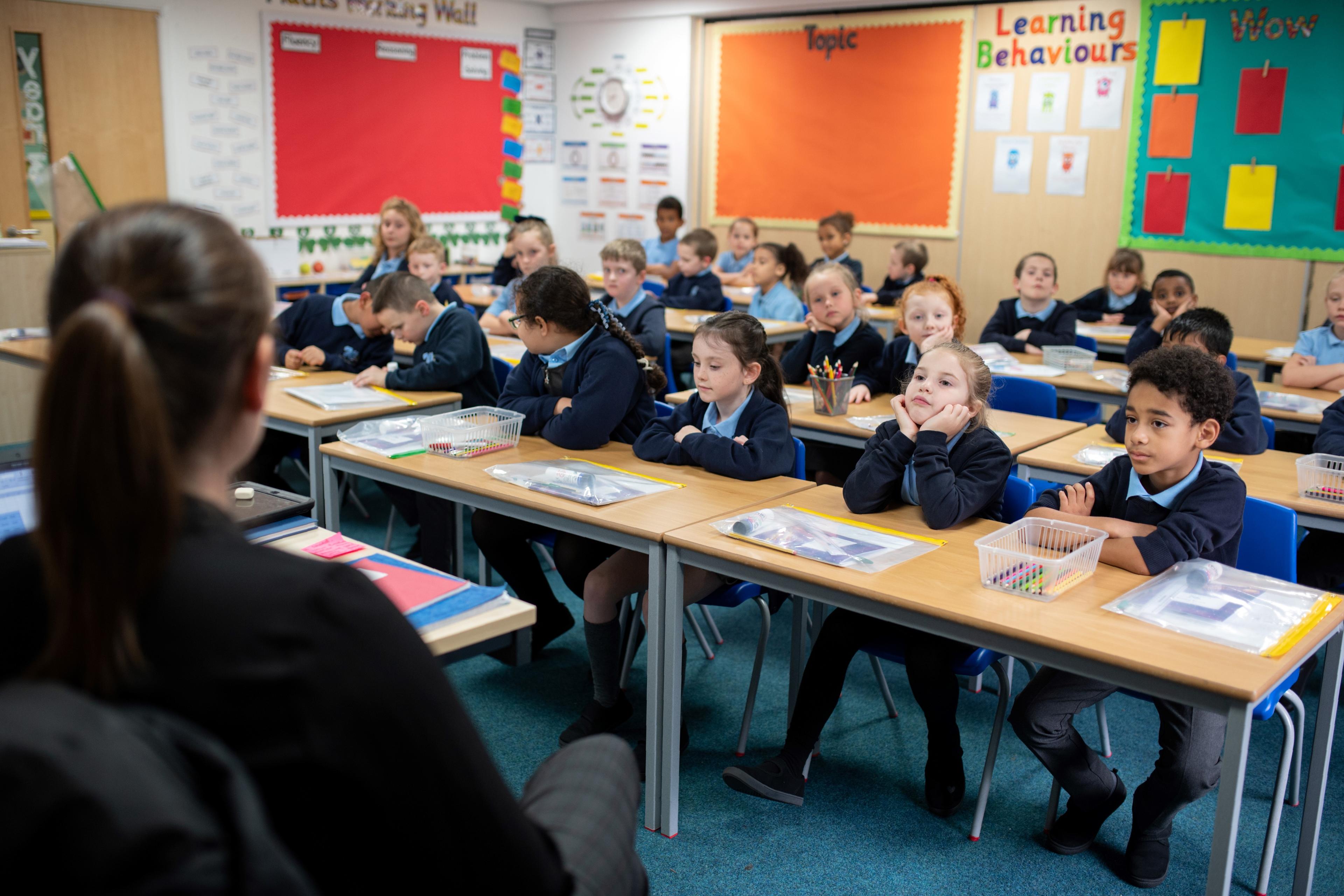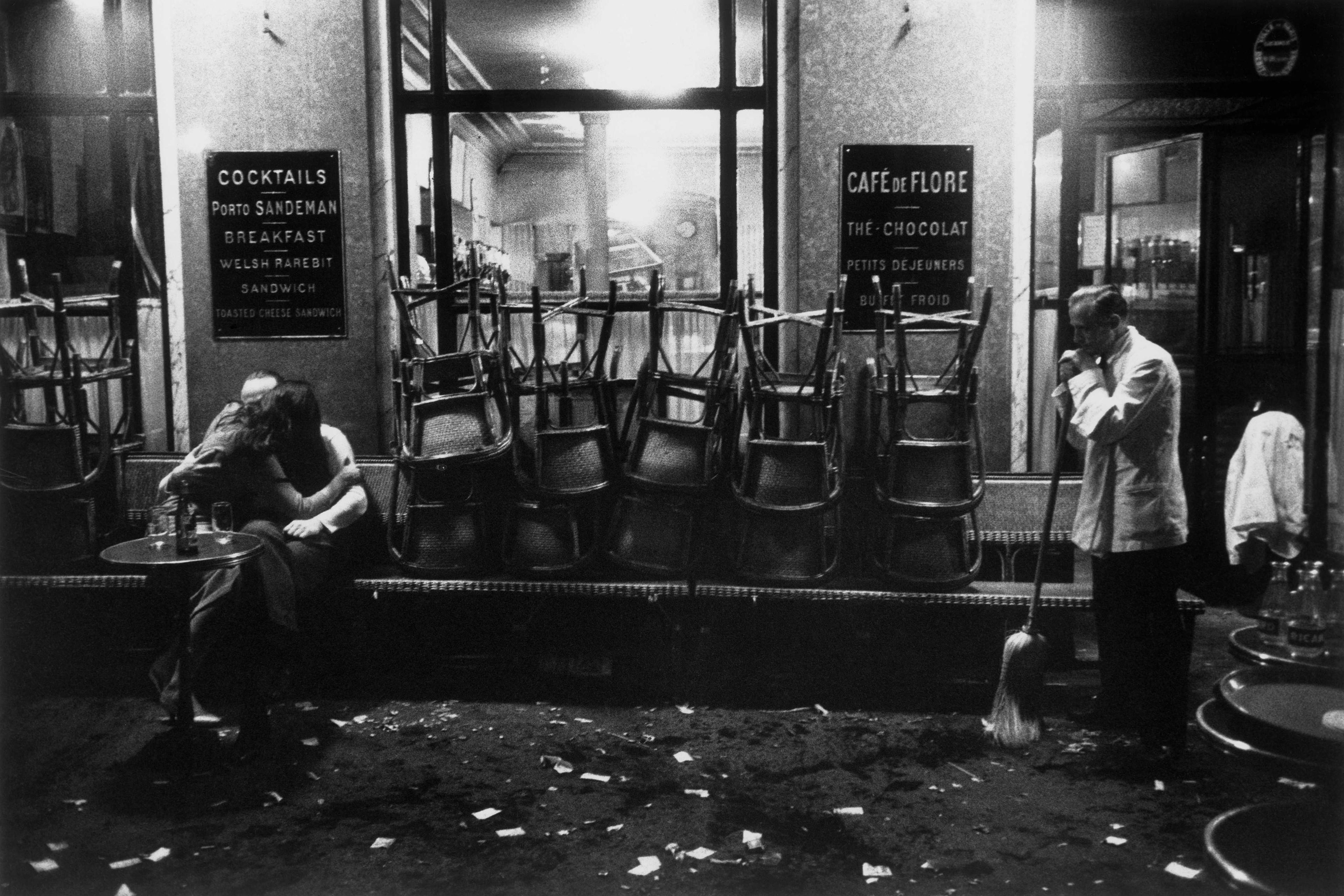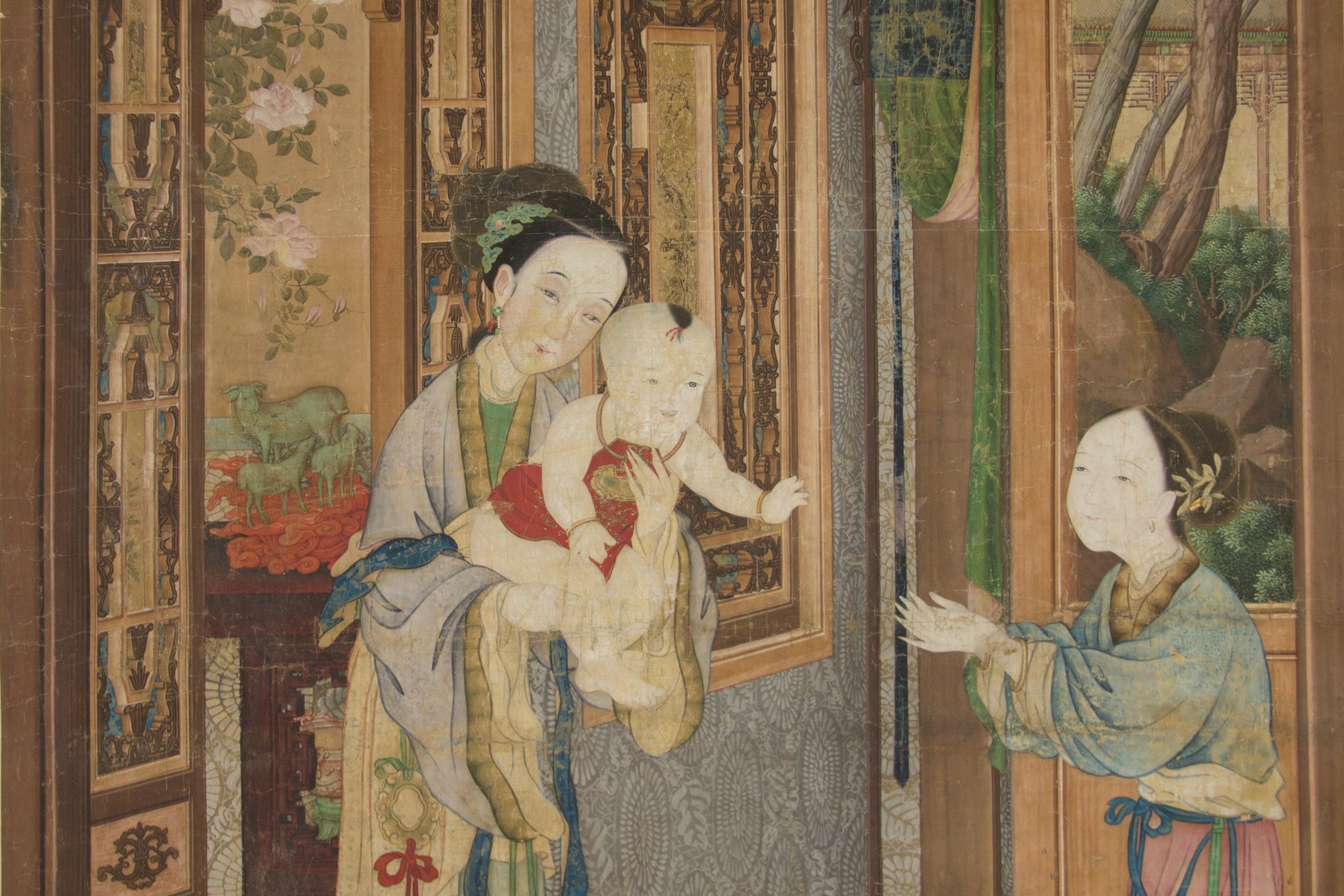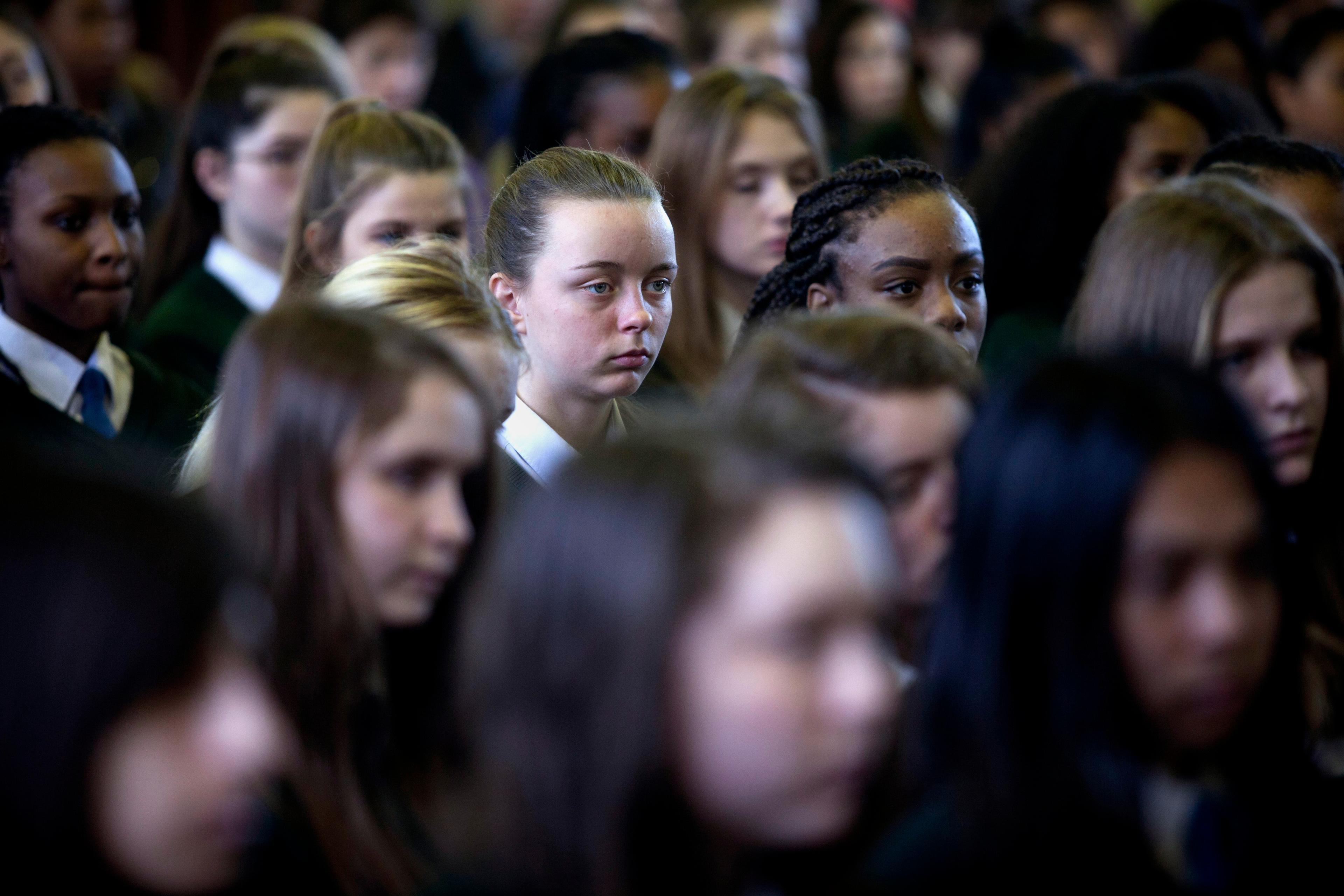The first philosophy course I ever taught was in a small, clean room in a community centre that doubled as a dentist’s office. It was in central Oaxaca City, the capital of the southern Mexican state of Oaxaca, nestled in its verdant Central Valleys region. My students were between 10 and 12 years old, and they greeted me on my first day with kind, sceptical faces. But within 10 minutes, I was fighting back tears – and not because I’d effortlessly made those students perceive the glory of philosophy. Rather, I had made a terrible blunder.
It was the summer of 2011, and I was in the second year of a philosophy PhD programme. I’d received a summer fellowship to travel to Oaxaca to teach an intensive pre-college philosophy course through a local NGO serving working-class and Indigenous youth in the region. Having previously spent time travelling in Oaxaca, I was eager to contribute, somehow, to a region I had swiftly grown to love. In conversation with young Oaxacans, I dreamed of exploring ‘timeless questions’ about truth, knowledge, identity and justice. I hoped to help the children come to see themselves as philosophers, and thereby gain confidence in their abilities to think critically and become engaged public citizens positioned to challenge an unjust world.
Prior to my departure for Oaxaca, I spent months studying pre-college philosophical pedagogy, which heralds children’s status as ‘natural’ philosophers with questions that really matter. It challenges mainstream representation of children as incapable of abstract thought, mere containers to be filled with an adult’s opinions. ‘Philosophy for children’ (P4C) practitioners strive to create open ‘communities of enquiry’ – a technique developed by the philosopher-educators Matthew Lipman and Ann Margaret Sharp more than 50 years ago – in which young people explore the deep questions and concerns that they, themselves, raise in the classroom.
Philosophy for children teachers (or ‘facilitators’ in P4C’s preferred lingo) are not tasked with lecturing young people about the history of philosophy. No one cares if the children learn that Plato was Socrates’ student, or that Plato later taught Aristotle, and what all that means for the history of Western thought (in fact, a pre-college philosophy course developed with such goals in mind would likely be regarded with justified suspicion). Instead, teachers use philosophically suggestive children’s books, games and thought experiments to spark child-led dialogues, questions and respectful debate. The child is, in theory, always at the centre. Children make the philosophy themselves.
While it remains far from mainstream in the world of K-12 education (from age five to 18), philosophy for children is practised across the globe. Its most ardent enthusiasts devote themselves not only to ‘facilitating’, but also to scholarship on pedagogy, programme development, and lobbying for more spaces for philosophical enquiry within the dominant teach-to-the-test system. Eager to take part in this complex movement for education reform, I bought philosophically suggestive children’s books in Spanish (such as Los Veinticinco Gatos Mixtecos, the bilingual book A Gift for Papá Diego and various written versions of the Latin American tale of La Llorona, or ‘The Weeping Woman’) while trying to learn more about the Oaxacan communities that my Triqui, Zapotec, Mixtec and mestiza/o students came from. I felt ready to go. But then – my blunder.
I was attempting to introduce the children to philosophical argumentation by having the class create some simple deductive syllogisms. I said that I would present them with a conclusion, for which they would come up with premises – any premises at all, I said, as long as they resulted in a logically valid argument. The two ‘conclusions’ I presented were: Oaxaca is pretty and Oaxaca is not pretty.
They seemed like easy talking points. After all, everyone has a view about the good and bad parts of their hometown, so the arguments practically write themselves. As if to inspire such place-based reasoning, the summer air in the classroom felt sticky-hot (not a ‘pretty’ feeling) while, outside, the brass instruments of a jubilant Guelaguetza parade band blazed gorgeously (as if Oaxaca wasn’t pretty enough!)
A 10-year-old student raised his hand. Oaxaca, he said in a steady voice, isn’t pretty because there are many Indigenous people in Oaxaca.
I did not, at that moment, know of the student’s ethnoracial background. But I assumed, based on his comment, that he was not Indigenous, and I suspected that other children in the class were. I was flabbergasted. How should I respond to an apparently racist statement made on the first day of class by a young child – particularly given my own status as an outsider to this community, and one with obvious white privilege? More specifically, how could I reject the meaning of that statement while upholding the pre-college philosophy norm of working from student questions and comments without imposing one’s own views? In other words – how could I do the right thing while letting the child make the philosophy?
Philosophy for children pedagogical theory is very clear on this point: adult facilitators shouldn’t go around telling children that certain views are wrong. Indeed, the prominent philosophy for children scholar-practitioners Joanna Haynes and Karen Murris argue that facilitators of this pedagogy should ‘support and guide discussion, not manipulate or steer it’. Murris has further advised teachers that ‘if you, or your school, have strong views about [issues of race and racism], it is probably better not to discuss them at all. You run the risk of showing your disapproval, or even indoctrinating children with your own, or your school’s, beliefs.’
In certain respects, this line of reasoning is understandable. Philosophy for children is, again, about children’s questions, children’s wonderment, and the creation of communities of enquiry that aren’t dominated by the comparatively powerful voices and anxieties of adult teacher-facilitators. Furthermore, Murris has elsewhere argued, children could be unintentionally silenced when well-intentioned adults misinterpret their statements. But at that moment, in Oaxaca City in 2011, my response did violate a central P4C norm. After a long, uncomfortable silence, I spoke. It would be wrong, I told the child, to say such a thing – even if one’s argument turned out to be logically valid. And, given my pedagogical training, I suspected that I had fundamentally altered my class such that open philosophical exchanges could no longer occur. In other words, by imposing my morality on the child, I feared that I had stifled his creative thinking. But to say nothing in the face of such an apparently racist statement was never an option – and would’ve set an abysmal example for the other children. So what was I to do?
After class, I discussed the exchange with the director of the NGO that hosted my project. She was, and is, a Oaxacan community leader (and dentist) who had been working with the kids for years. To my surprise, she told me that the student who had made that statement is Indigenous: he and his family are Triquis, hailing from the Sierra Mixteca region of Oaxaca. And this information helped me to understand why this student had, in fact, opened up – why he seemed to welcome me and my philosophy class more – after I went against my training and told him that the particular statement he’d made was wrong.
The truth is that the ‘open dialogues’ for which we strive in pre-college philosophy are encumbered by the structural injustices we constantly navigate in our social worlds. The philosopher of education Darren Chetty writes that ‘the ground rules or guidelines for philosophical enquiry may themselves serve to prohibit the voicing of critical perspectives on racism.’ Chetty invites us to reflect on how treating everything and anything that is said in a community of enquiry (including statements such as the one my student made on the first day of class) as merely philosophically interesting and conversation-provoking can serve to legitimise, rather than rigorously call into question, racist attitudes. In such cases, he explains, philosophical dialogues might eliminate space for anger and injustice about racism.
I’ve learned that it’s particularly important that teachers with comparatively privileged social identities (such as me) undermine the myth of ‘free and open’ communities of enquiry. Indeed, a range of education scholars such as Tyrone C Howard, Sonia Nieto and Alain Carmen Sykes have emphasised the importance of teachers explicitly discussing their ‘ethnoracial positionality’ (that is, disclosing and discussing their own race/ethnicity) with children. This is particularly true when the teacher is white and unintentionally positioned ‘above’ students of colour in a preestablished ethnoracial hierarchy. Scholars have noted that choosing to talk about one’s racial identity can help white teachers to connect more effectively with children of colour. However, this course of action entails an explicit pedagogical choice to bring philosophical discussion about race into the classroom, regardless of whether the children introduce these topics. As Chetty also notes, students of colour in white-dominant classrooms might not always feel comfortable bringing up these issues.
While I can’t claim to accurately represent what was in my student’s head when he stated that Oaxaca’s Indigenous peoples make Oaxaca less pretty, I now believe that he was simply reciting what he thought that I, his white teacher, wanted to hear. After I told my student that the statement he’d made was wrong, his older brother (also in my class) told me that ‘outsiders’ feel this way about Oaxaca.
It turned out that shutting down an apparently racist statement served to open up a crucial line of philosophical enquiry. Had I ‘rewarded’ my student by telling him that his statement was ‘interesting’, and then asked if other students wanted to respond (as I was later told, at an academic conference, that I ought to have done), I very well might have silenced him and the other Indigenous children in my class by legitimising a racist view that had been immediately attributed to me on the basis of my own ethnoracial identity.
But what if the student did sincerely make a racist statement? What if he wasn’t Indigenous and he actually felt that Indigenous people made Oaxaca ‘ugly’? Given the racial power dynamics at play in just about any classroom, failure to directly confront racist views on the part of students could enable classes to morph into unchecked airings of racist views.
Here, some philosophy for children practitioners might object that if we, as educators, intervene strongly, then we deny opportunities to children/students of colour to raise their own philosophical objections. But, echoing Chetty, is that really an appropriate burden to place on a child – particularly one who’s being directly targeted by racist claims on the part of their comparatively socially powerful peers? Haven’t our philosophical, psychological and interdisciplinary conversations about epistemic injustice, gaslighting and imposter syndrome taught us anything?
What philosophy for children practitioners are left with, I think, is a pedagogical challenge that will never go away as long as racism and other inegalitarian forces continue to exist. But it isn’t a challenge between ‘open dialogue’ and ‘protecting the vulnerable from offence’. That summer, I learned from my Oaxacan students that our philosophical dialogues are never purely ‘free’ and ‘open’. We teachers can make strategic decisions – and, yes even interventions – to make our classrooms freer, and more open, than they’d otherwise be. Our pedagogy must acknowledge that our communities of enquiry are, in fact, real communities – characterised as much (and perhaps more) by real histories of injustice than they are by the philosophical questions they decide to explore.
